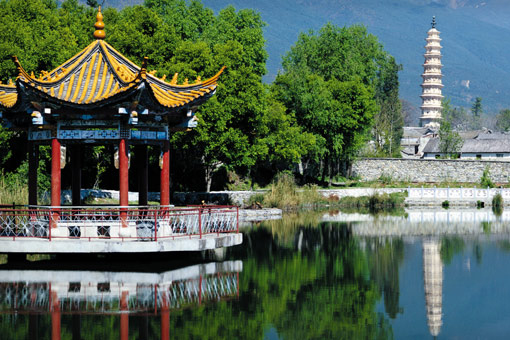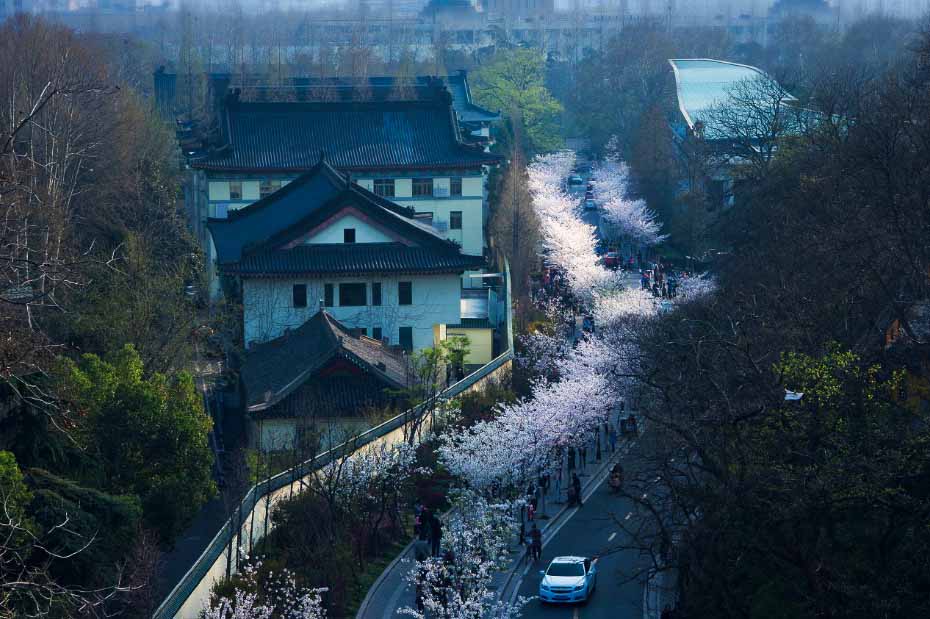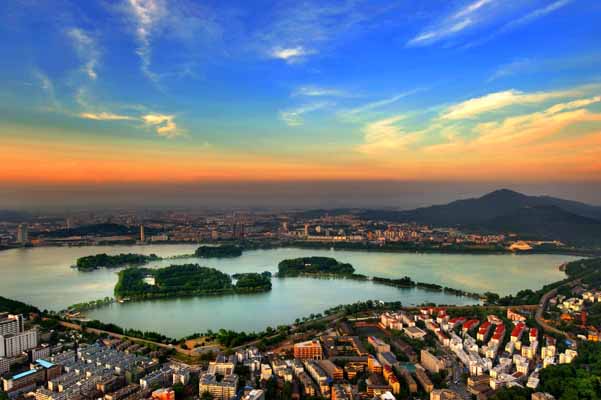Nanjing

.jpg)


Intro
'East or west, Guilin landscape is best!' Located in the northeast of Guangxi Zhuang Autonomous Region in south China, Guilin is considered to be the pearl of China's thriving tourist industry on account of the natural beauty and historic treasures. Covering an area of about 27,800 square kilometers (10,734 square miles), the city is rather compact when compared with other major travel destinations in the country. The stunning landscape in which the city is situated has a kind of magic that is all its own. The strangely shaped hills or karsts, with the verdant vegetation ranging from bamboos to conifers together with crystal clear waters and wonderful caves make the city such an appealing destination. It is an important cultural city with a history of more than 2,000 years, and has been served as the political, economic and cultural center of Guangxi since the Northern Song Dynasty (960-1127).
History
In 314 BC, a small settlement was established along the banks of the Li River. During the Qin Dynasty's (221–207 BC) campaigns against the state of Nanyue, the first administration was set up in the area around Guilin. In 111 BC, during the reign of Emperor Wu of the Han Dynasty, Shi An County was established, which could be regarded as the beginning of the city. In AD 507, the town was renamed Guizhou. Guilin prospered in the Tang and Song dynasties but remained a county. The city was also a nexus between the central government and the southwest border, and it was where regular armies were placed to guard that border. Canals were built through the city so that food supplies could be directly transported from the food-productive Yangtze plain to the farthest southwestern point of the empire. In 1921, Guilin became one of the headquarters of the Northern Expeditionary Army led by Dr. Sun Yat-sen. In 1940, the city acquired its present name. In 1981, Guilin was listed by the State Council as one of the four cities (the other three being Beijing, Hangzhou and Suzhou) where the protection of historical and cultural heritage, as well as natural scenery, should be treated as a priority project.